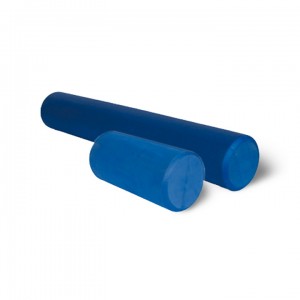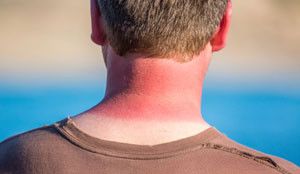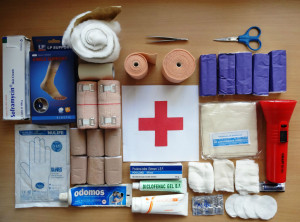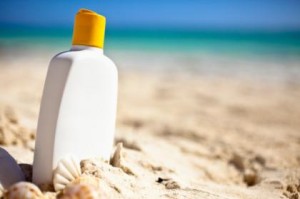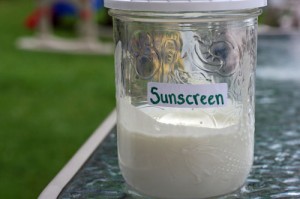 We all need vitamins and minerals for good health, well being and energy; but did you know that vitamin deficiencies can lead to low energy?
We all need vitamins and minerals for good health, well being and energy; but did you know that vitamin deficiencies can lead to low energy?
Particular nutrient deficiencies are associated with reduced energy and chronic tiredness; these can include iron, magnesium, B12 and folic acid.
We’ve gathered some information on these nutrients/vitamins and how deficiencies can contribute to low energy. We will also discuss symptoms, and how to test for the appropriate levels in your body.
Iron
Iron is an essential mineral needed for the manufacture of hemoglobin, the part of the red blood cells that carries oxygen, which is needed for energy production. ( 14 to 18 mg for adult men, and 12 to 16 mg for adult women). When iron levels are low, red blood cells can’t carry enough oxygen to the body’s tissues, causing fatigue.
Symptoms of deficiency are fatigue (especially on exertion); weakness, shortness of breath, pale lower eyelids & tongue, headaches, and constipation.
You can also help increase your hemoglobin by eating iron rich foods such as red meat, shrimp, tofu, almonds, dates, and lentils.
Iron cannot be fully absorbed by the body without the help of vitamin C; so make sure that you are getting the correct amount of vitamin C daily.
Iron levels are tested easily with blood samples, but it’s important to check your iron levels before using an iron supplement because excess iron absorption can also causes chronic tiredness.
Vitamin B12
B12 is needed for the manufacture of red blood cells and helps the body’s use the iron that is also required for proper digestion, the absorption of foods, and the metabolism of carbohydrates and fats.
Vitamin B12 is largely found naturally in animal products such as meat, fish, poultry, eggs and dairy products, making vegetarians and people with digestive disturbances at the most risk for a B12 deficiency.
Symptoms of deficiencies are fatigue, weakness, dizziness, memory problems, confusion, irritability, depression, moodiness and paleness.
B12 deficiencies are common due to declining B12 levels in food by the increased use of antibiotics and digestive problems. You can help increase your B12 levels by eating fortified soy products like silken tofu and B12-fortified breakfast cereals.
B12 levels can be measured with a simple blood test.
Folic Acid
Folic acid is a B vitamin needed for the manufacture of red blood cells, and because folic acid is easily destroyed during cooking, it is one of the most common vitamin deficiencies. Folic acid allows the body to perform many essential functions DNA synthesis and repair, and red blood cell creation.
Symptoms of deficiencies are fatigue, digestive disturbances, insomnia, memory problems, weakness, shortness of breath, and anemia.
You can help increase folic acid levels by eating dark leafy greens, citrus fruits, beans, lentils and nuts.
Folic acid levels can be measured with a blood test.
Magnesium
Magnesium is needed for the production of ATP, which is the main energy-producing molecule in the body. When magnesium is deficient, our cells are less able to produce energy which leads to chronic tiredness.
Symptoms of deficiencies are fatigue, irritability, spasms or muscle cramps, rapid or irregular heartbeat, high blood pressure and insomnia.
Leafy green vegetables,eat plenty of raw foods You can help increase Magnesium levels by eating leafy green vegetables, eating plenty of raw foods, and limiting refined sugar.
Magnesium is not generally tested by blood test, but by hair analysis.
If you are experiencing fatigue or you are chronically tired please contact your health care practitioner before making any changes to your health routine. Vitamin deficiencies can lead to low energy, however, chronic fatigue can be caused by other factors.

